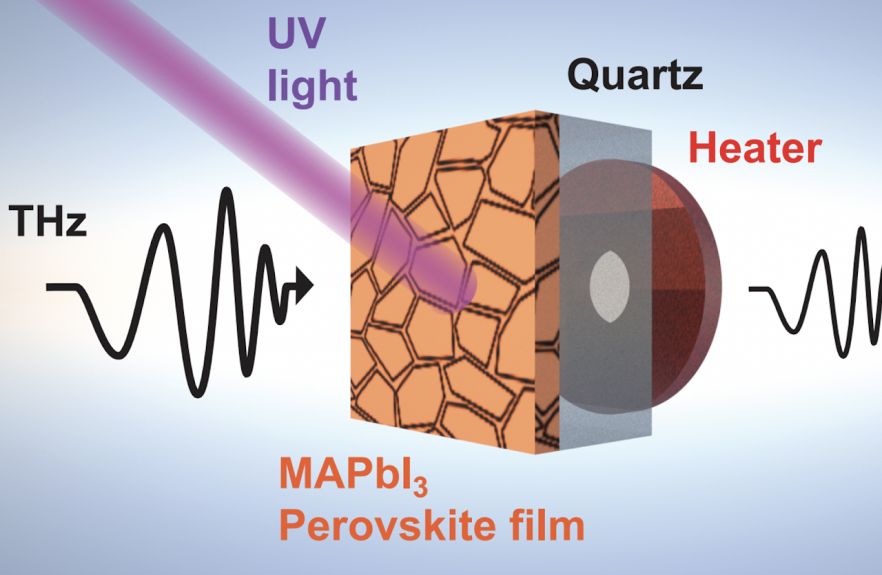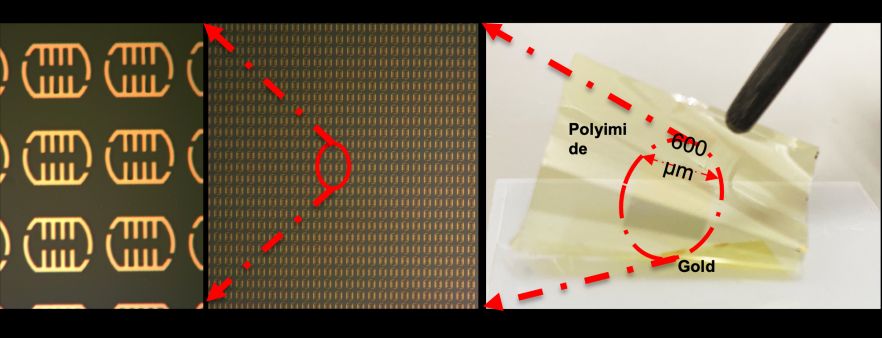Quasi-optics and THz for the Life Sciences
The centre leads excellent research focused on novel THz applications based on metamaterials and 2D materials using free-space/on-chip THz spectroscopy. From fundamental physics to practical applications, we are dedicated to investigating the impact that THz science can have on future applications.
A broad range of THz research has been conducted to apply the coherent nature of the radiation from our various sources and receivers to biological and chemical systems. The study of the rich vibrational density of states at THz frequencies at the mesoscopic scale will increasingly inform the basis of nano-engineering for novel macroscopic materials’ behaviour.
We aim through multidisciplinary approaches to exploit the terahertz (THz) band for new EM phenomena, features and characteristics within human tissues. This will lead to accurate and more comprehensive communication channel models and descriptions (i.e., complexity-variant and time-variant parameters) that correlate to a better understanding of the tissue state and changes, quantitively.
THz photon energy is one million times smaller than x-ray and will not cause harmful photo-ionization to biological samples, which ensures a high degree of safety while maximising the opportunities of identifying novel techniques in designing tissue-compatible electromagnetic (EM) sensors and devices for ground-breaking nano-scale in-vivo/in-vitro healthcare diagnostic and monitoring systems.

Monitoring of crystalisation process using THz spectroscopy

THz Metasurfaces for Non-invasive Biosensing

